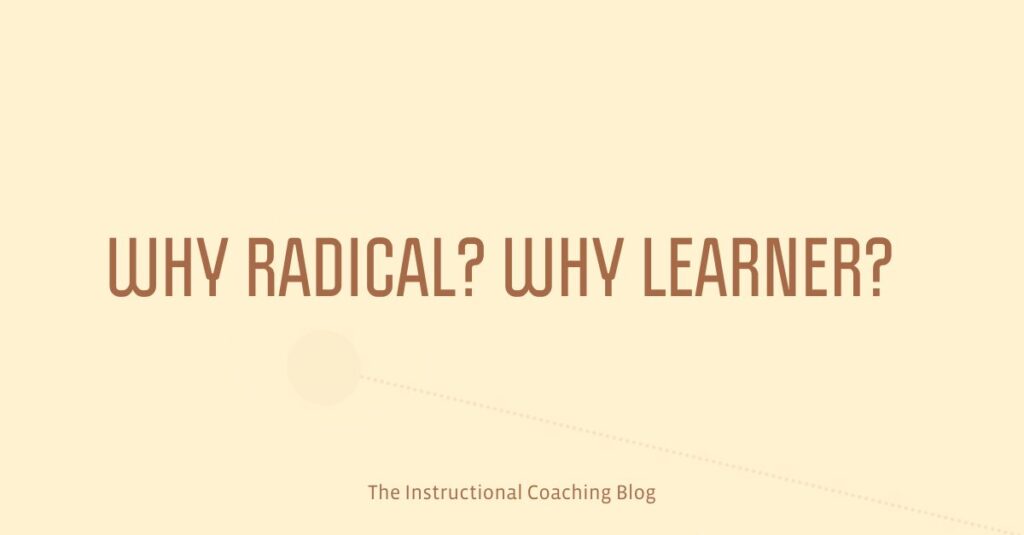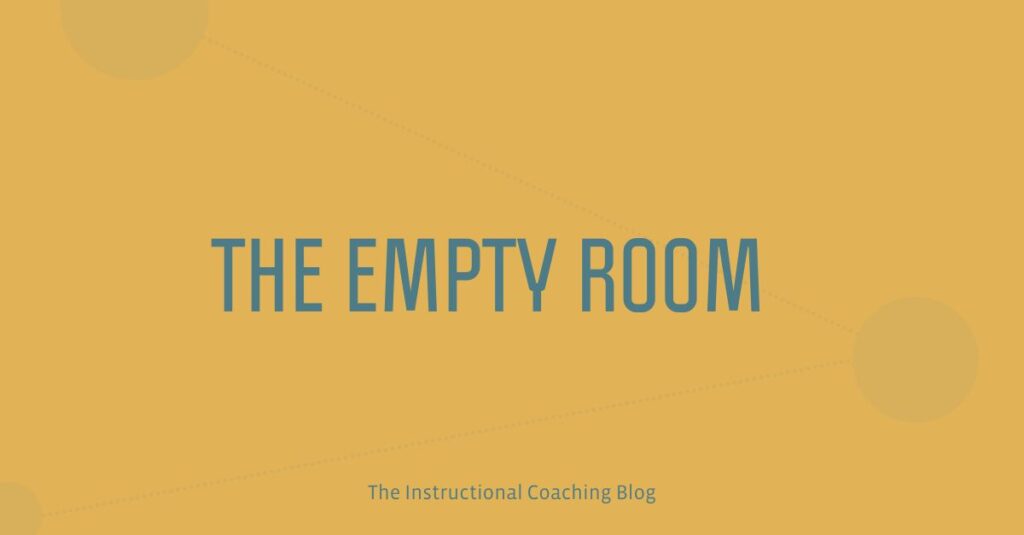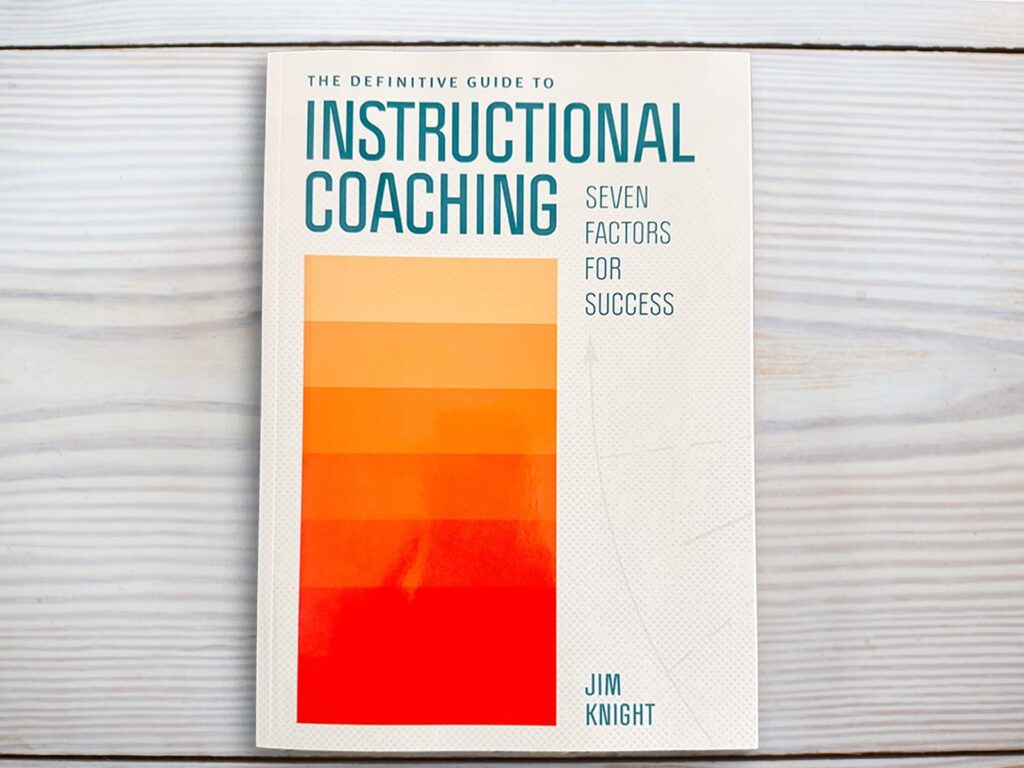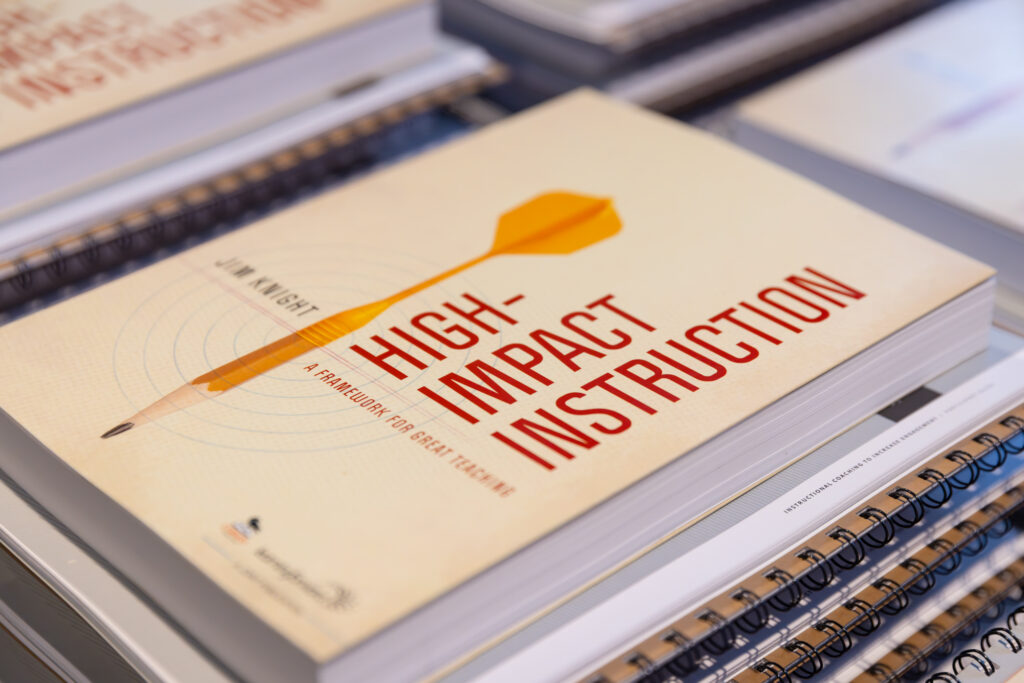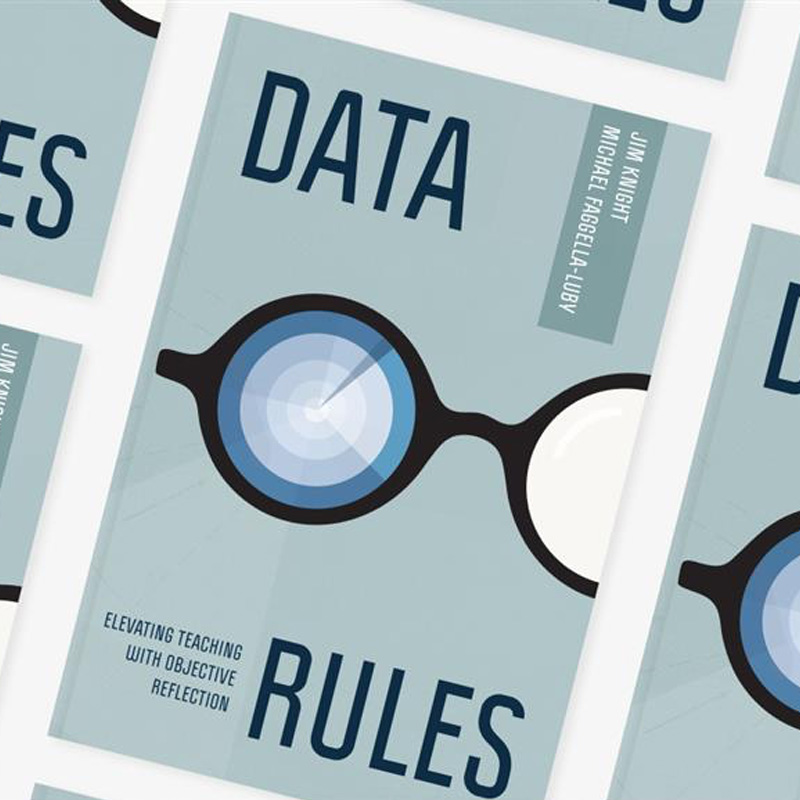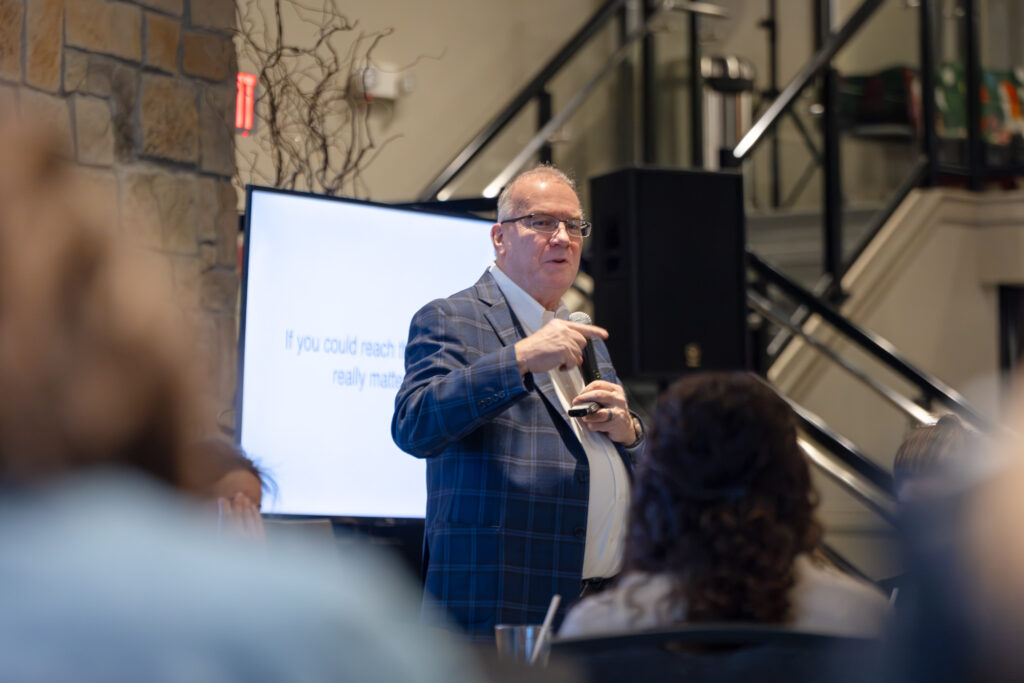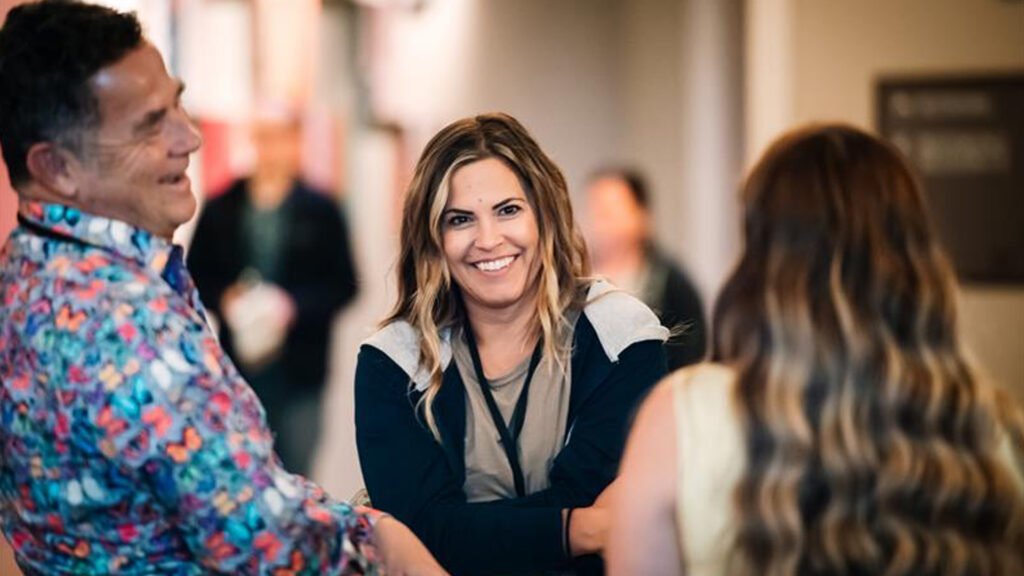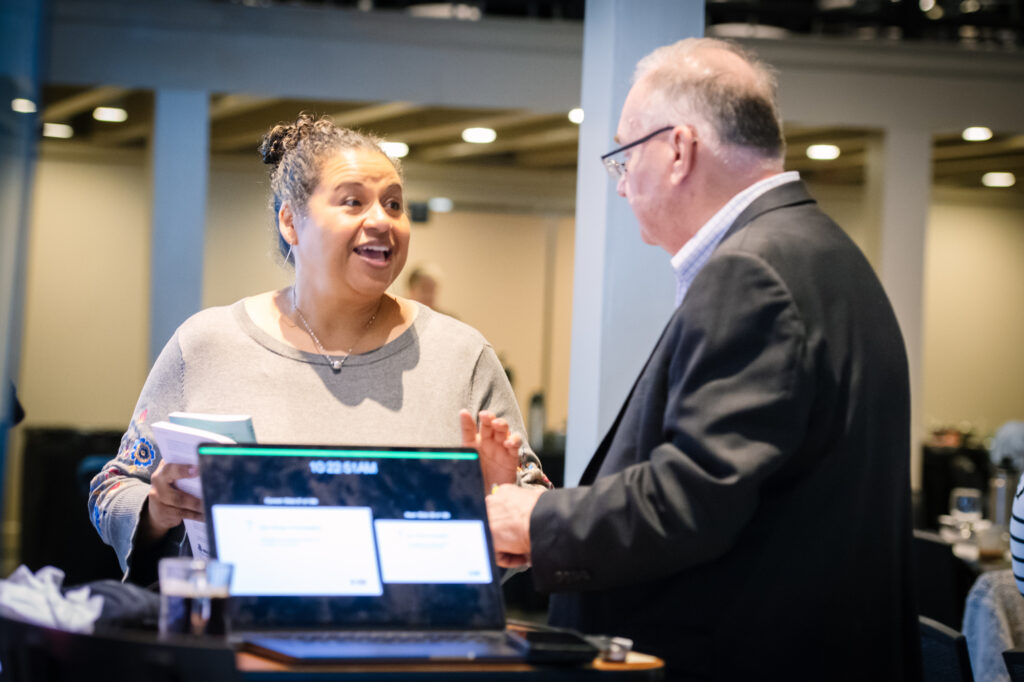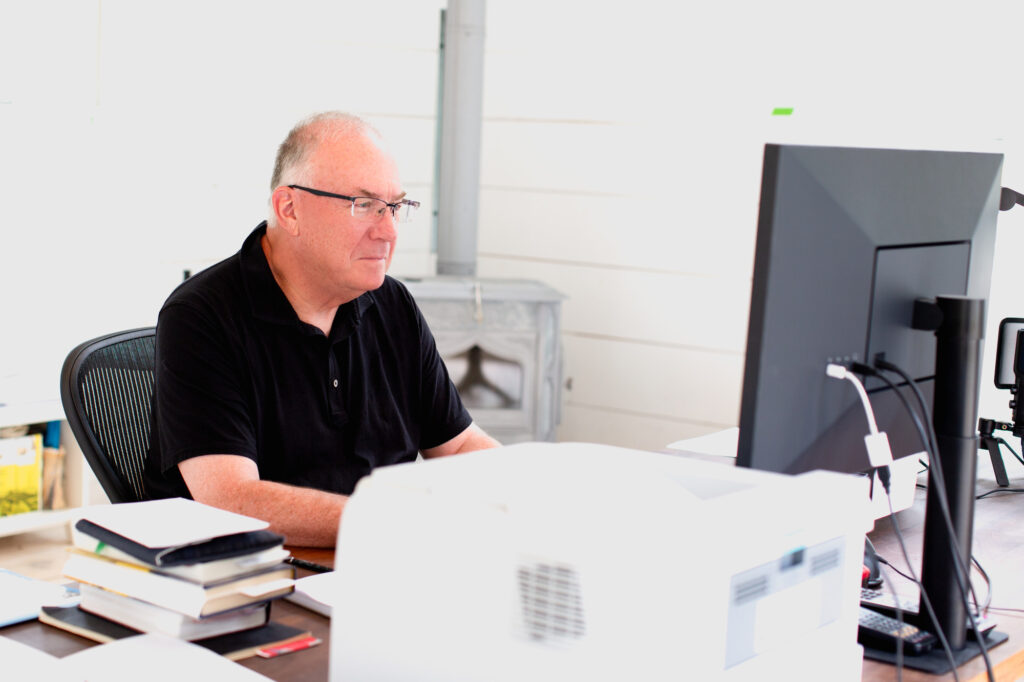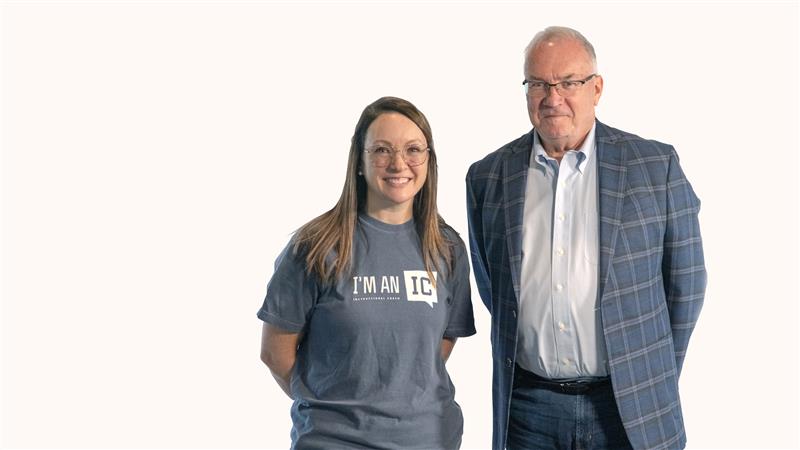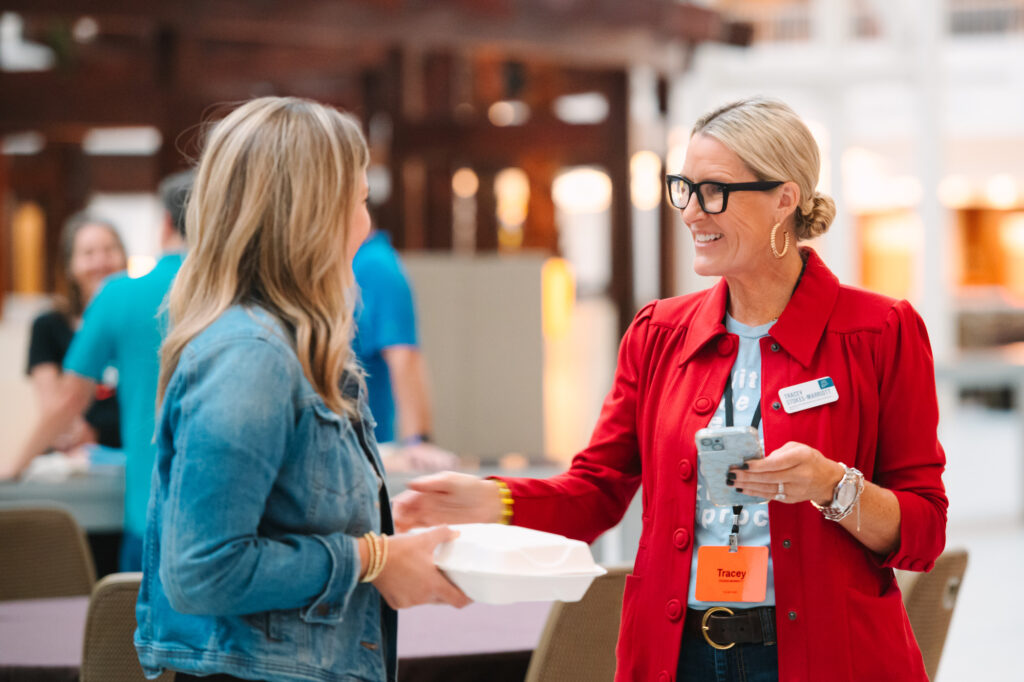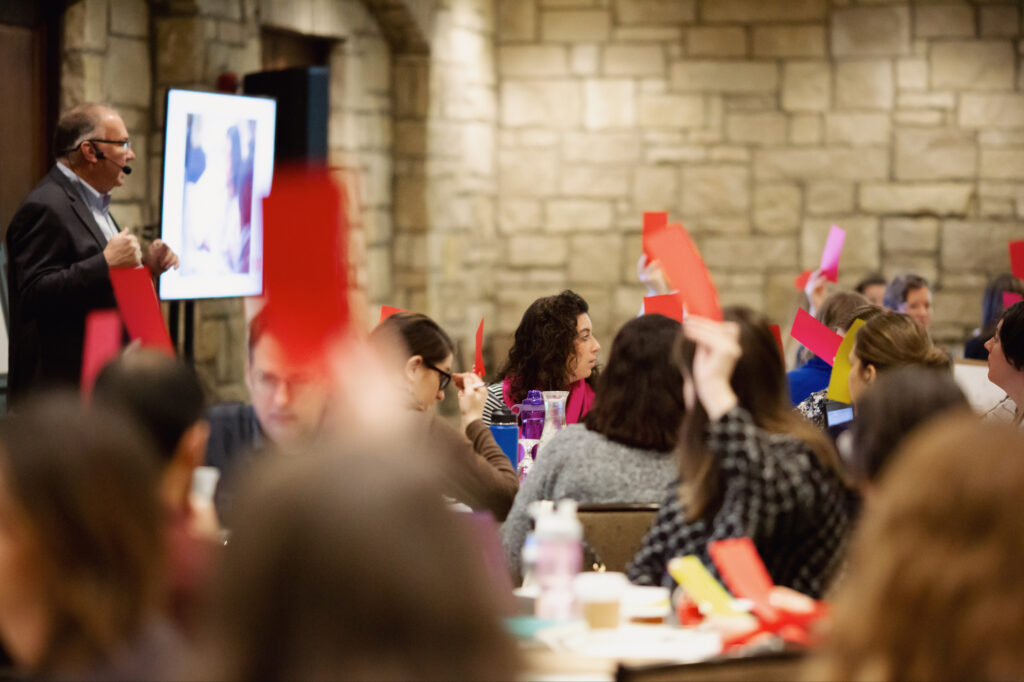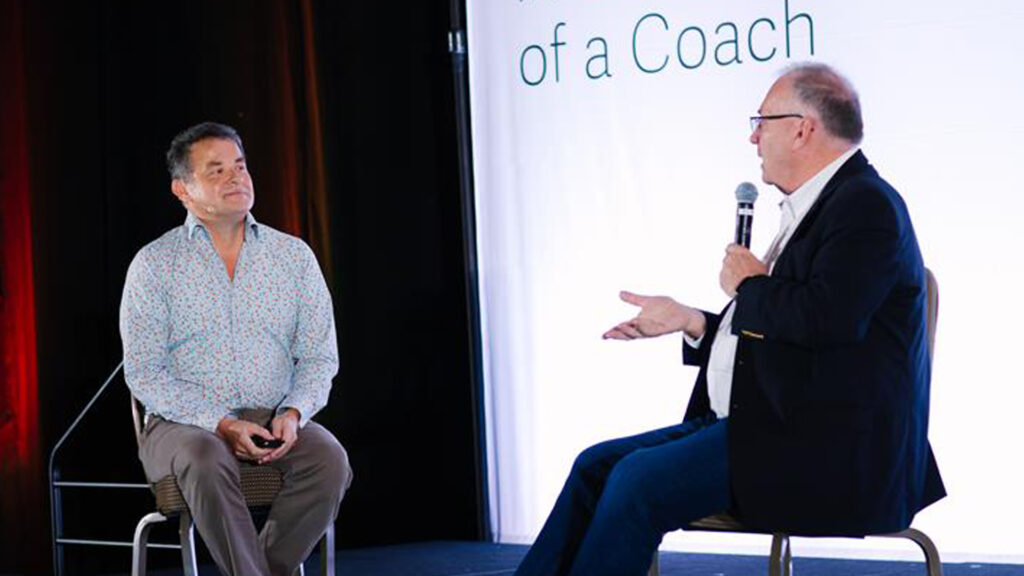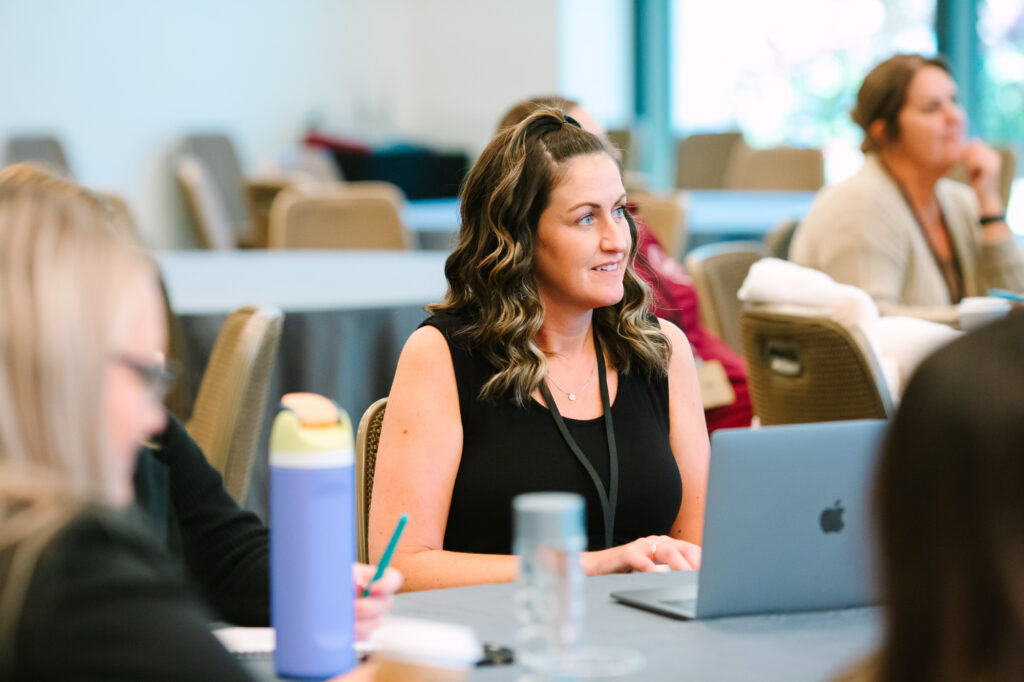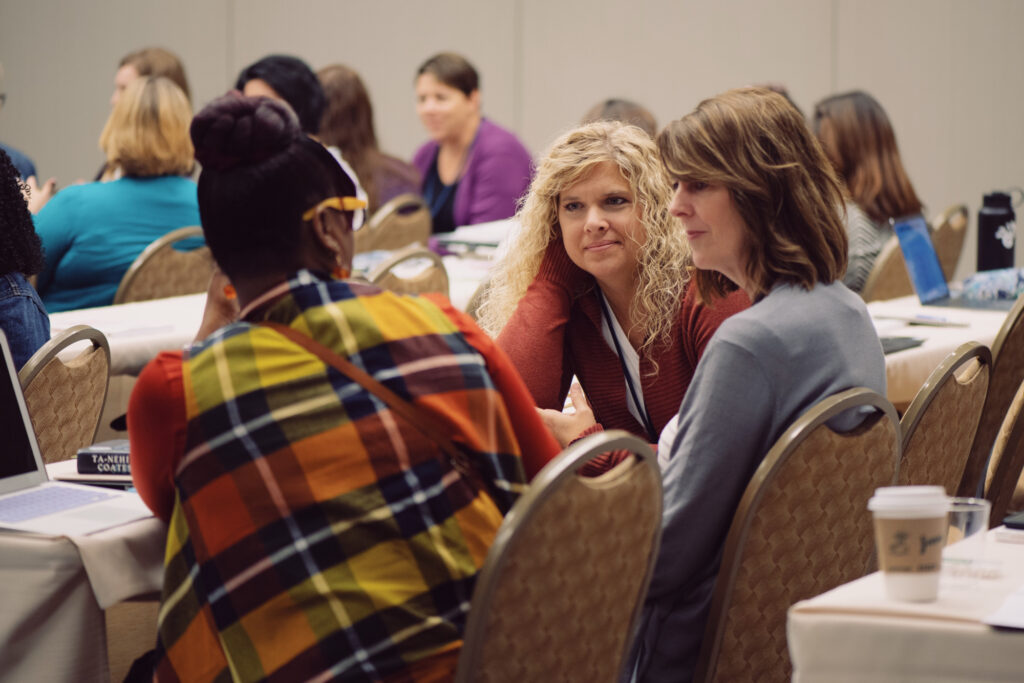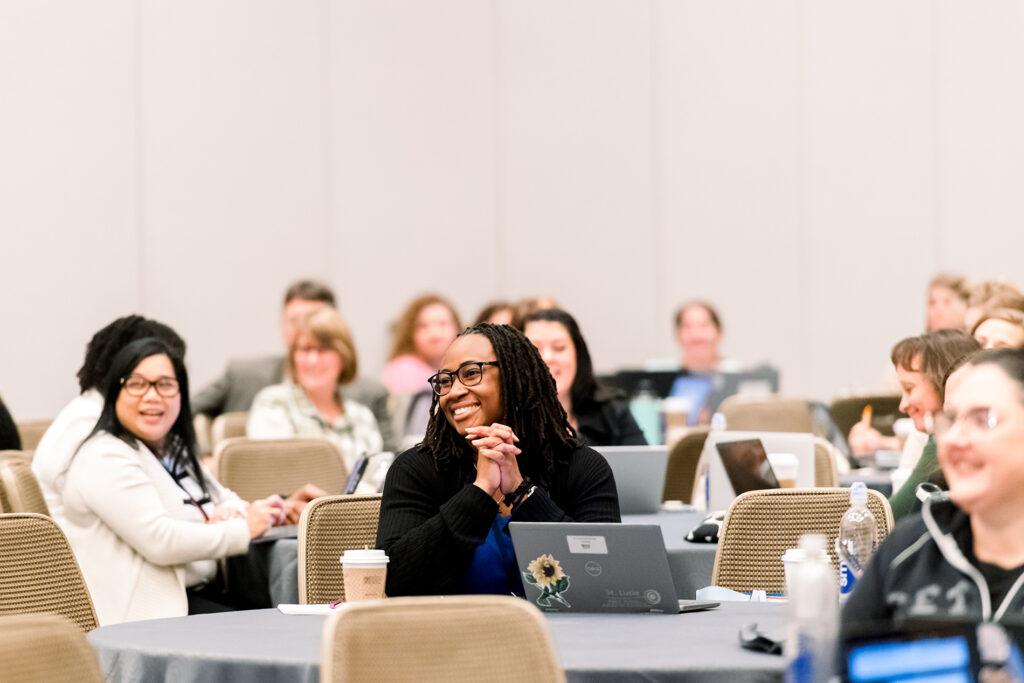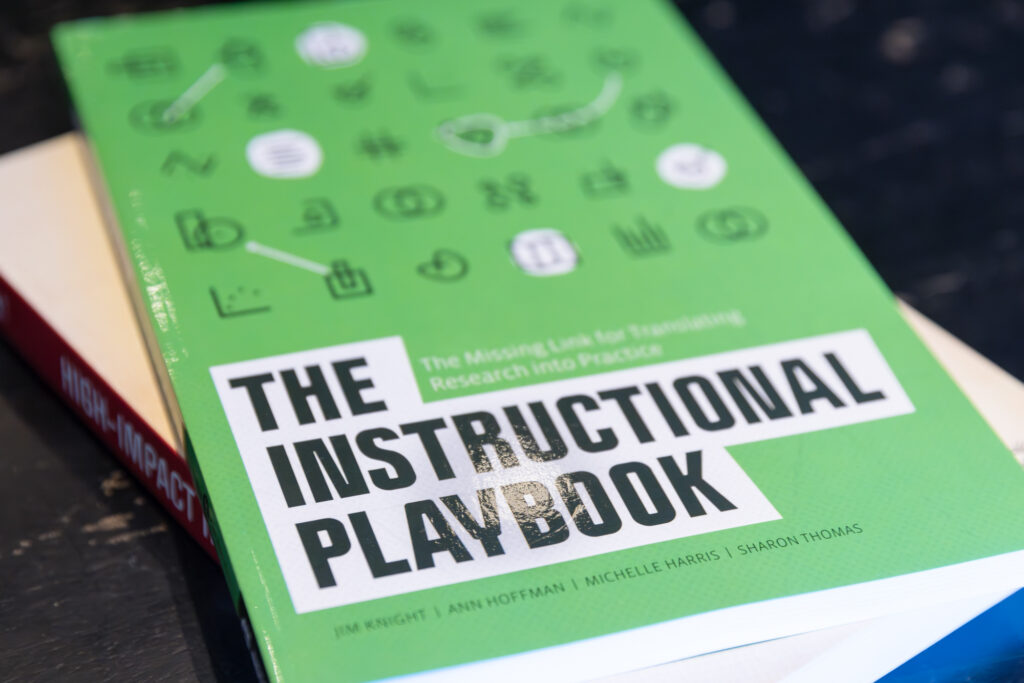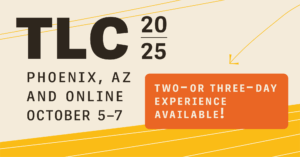Unique flavor pairings and unexpected ingredients make the experience of going out to eat exciting and special. Examples like lavender honey mousse, with its fragrant sweetness, jalapeno chocolate cake, offering a spicy-sweet contrast, and olive oil ice cream, with its creamy richness, invite curiosity. In these instances, the chef crafts unexpected combinations that surprise and delight, encouraging you to slow down and tune into the experience. This engages our brain, enhancing our ability to notice and savor flavors and textures. Similarly, curiosity in data collection helps us slow down and pay closer attention. We want data to help us slow down and notice details we might otherwise overlook or challenge our assumptions. Data can reveal elements in the classroom that might otherwise go unnoticed. This matters because sometimes the data points to planning or teaching practice shifts that need attention. At its best, data can also help us see a student or group’s needs that would otherwise go unnoticed.
Curiosity offers numerous benefits in both the classroom and data collection process.
Curiosity & Data Collection
By engaging curiosity to notice and wonder about challenges, teachers suspend judgment that might lead to assumptions about students or getting stuck in blaming themselves. Working with an Instructional Coach, teachers can engage curiosity to try a new type of data collection leading to an entirely new perspective on their classroom. After collecting data, the teacher and coach identify surprising patterns to expand their understanding of the current reality in the classroom. Next, they imagine what might be possible by setting a student-centered goal with a fitting strategy. This reflection and dialogue lead to action and change in the classroom when the teacher implements the strategy and collects data to monitor progress. Throughout the process, curiosity infuses wonder, suspends judgment and inspires action.Educators and Instructional Coaches can leverage data to craft stories of possibility and potential, identifying the changes and supports needed to achieve meaningful goals.
Curiosity sparks energy toward setting ambitious goals that positively impact students. Try this curiosity menu to select data that might lead to a new understanding or deeper appreciation for students’ experiences in the classroom.
Selecting a Data Tool that Sparks Curiosity
| Curiosity Tasting Menu | |||
| I’m curious about why… | consider collecting the following data… | this might be a good pairing because… | and lead the teacher to try next… |
| students are confused when they start independent practice or small group work | Student Responses | If students are not given enough time or methods to check in with the teacher, they might lack the clarity needed to succeed on their own. | Increase student opportunities to respond using whiteboards, nonverbal signals (such as thumbs-up or thumbs-down), or response cards to check for understanding and allow for immediate feedback. |
| behaviors in 5th period are so different from behaviors in 3rd period | Instructional vs. Non-Instructional Time | Certain times of the day, such as announcements or end-of-day procedures, might cause more disruptions, reducing the time available for focused learning and undermining consistent classroom routines. | Next, try identifying key routines or procedures that are taking up valuable instructional time, and experiment with new strategies to maximize learning time—such as using a countdown timer, assigning class jobs, or gamifying and practicing end-of-day pack-up routines. |
| classwork is turned in only half complete or with a large number of errors | Teacher Talk vs. Student Talk | If students’ speaking time is much less than the teacher’s, there are fewer chances for the teacher to address misconceptions, respond to student struggles, or encourage deeper understanding. | To improve student engagement, try setting a timer to limit teacher talk time, and plan for regular checks for understanding, think-pair-share activities, or a designated “ask anything” time to create more opportunities for student interaction. |
| the same students ask and answer discussion questions, while others do not participate | Kinds of Questions and Levels of Questions | If the level of a question doesn’t align with students’ understanding, they may feel either too intimidated to participate or not sufficiently challenged, which can result in disengagement. | One potential solution is to collaborate with an Instructional Coach to carefully plan questions that align with the lesson’s goals and the students’ current knowledge. Additionally, ensure that sufficient wait time is provided for students to process and respond. |
| certain relationships with students are difficult | Ratio of Interactions | By diagramming how often students are reinforced for positive behaviors compared to how often they are corrected for negative behaviors, you might uncover a need to shift the ratio in favor of reinforcing desired behaviors. | One strategy to improve this balance is to identify a small group of students each week and intentionally aim for five positive interactions per day with each student. Tracking these interactions can help maintain a positive reinforcement ratio. |
| Incorporating student voice adds depth to data analysis and provides a fuller picture of classroom experiences. Invite student perspectives into your data reflection and analysis for a more complete picture of their experience in the classroom.
Student Interview or Exit Ticket Questions:
With younger students, these questions can be simplified and provide picture or simple word options for the child to circle (i.e.: engagement survey example). |
|||
| Additional Data Collection Options
Use data from the 20-Minute High Impact Survey, or ask an Instructional Coach for help gathering a sample. You might also consider videotaping your instruction and then using the Watch Students or Watch Yourself form. |
|||
Ultimately, curiosity helps shift the thinking process from reactive to proactive reflection and planning. With the right data tool and support from an Instructional Coach, teachers can apply curiosity to gain a deeper understanding of all their students, refine their teaching practices for enhanced impact, and create a more engaging environment where all students feel like they belong.
Application Options
Once you’ve explored the tools for sparking curiosity, it’s time to think about how you can apply these insights. The following are some options for reflecting individually or collaborating with colleagues.
Individual Reflection:
After gathering data, the next step is to reflect on how this information can inform your teaching strategies. Here are some reflective questions to guide that process:
- What patterns or themes are emerging?
- What is surprising?
- How does this data highlight something good that is happening in the classroom?
- What is still unclear? How might gathering information from students help bring clarity?
- If you were to collect this data again in two months, what would you want to look different? Describe, in detail, what would your classroom look like? What would students be doing? How would you feel?
- If you were to state your key takeaways in a goal statement, what would it sound like? “Students will <the change you’re seeking>.”
Group Discussion Protocol: Save-the-Last-Word
The following protocol is designed to ensure that each group member leaves the conversation with new insights into data collection tools and a focused approach to addressing a specific classroom challenge. By tapping into collective knowledge and experience, teachers can move beyond default practices and broaden their perspectives. Structuring time for curiosity, reflection, and collaborative processing strengthens teacher teams and fosters more meaningful conversations in schools.
First: Invite each team member to first reflect individually and finish the following prompt: “In my classroom, right now, I’m curious about (why/how/when) and it’s been on my mind because…..”
Then: One teacher (Teacher A) starts the discussion by reading their statement aloud with no other explanation. Going round robin, each group member then offers a data collection idea or a further curiosity question to deepen the teacher’s curiosity. As each group member shares their thinking, Teacher A takes notes and silently reflects on new connections and ideas. After the last person shares, Teacher A summarizes what was offered, shares the connections they are making, and/or extends ideas they heard.
Next: Another teacher starts the process and the protocol continues until each teacher has had an opportunity to share.
Last: If the group includes an Instructional Coach, they might offer to come help collect the data points identified by each teacher during the protocol and schedule debrief conversations for goal-setting and strategy identification.
**If time is an issue, you could also recreate the “Curiosity” chart above and ask teachers to contribute their curiosity statements and then have the group fill in data collection ideas.
About the Author

Jennifer Hlavka is the Coordinator for National Board Certification & Teacher Career Pathways in Howard County, MD. With experience as an elementary teacher, RTI Coordinator, and Teacher Development Specialist, she has played a key role in creating a nationally recognized support program for National Board Certification candidates. Jennifer leads initiatives in instructional mentoring, teacher leadership, grant funding, and high-impact professional learning across the district. She holds degrees from Johns Hopkins University, the University of Maryland, and Loyola University, and has facilitated professional development at local, state, and national levels.
As a high-impact consultant with the Instructional Coaching Group, Jennifer works with educators nationwide to enhance teaching practices and leadership. Passionate about fostering curiosity and engagement, Jennifer is dedicated to empowering educators and creating vibrant learning environments.
Contact information:
Email: jhlavka@instructionalcoaching.com
Threads: @jenniferhlavka
LinkedIn: https://www.linkedin.com/in/jennifer-hlavka

